Abhyanga or ?massage? is an important part of the Dinacharya (Dialy routine) prescribed by Ayurvedic literature. Scriptures suggest the use of suitable oils massaged in the direction of hair growth and around joints, to pacify aggravated doshas and maintain balance
Eladi kerataila is coconut oil infused with the therapeutic benefits of a number of herbal, mineral and animal origin drugs that pacify and prevent an array of skin complaints arising from kapha-pitta aggravation in the skin. It works on dull, chafed and unhealthy skin prone to itching, rashes and boils; and leaves behind soft, supple and radiat skin in its wake. Experience wholistic skin health by making Eladi taila abhyanga an essential part of your skin care routine.
Benefits of Sitaram Ayurveda Eladi Oil:
Derangement of the tridoshas, namely Vata, Pitta and Kapha are easily manifested in the skin. Aggravated Kapha causes excesessively oily, thick, scabby discolored skin easily given to infection, itching and allergies. Pitta aggravation results in acne prone, sweaty, ruddy skin easily affected by climatic changes, prone to inflammation and breaking out in pustules and blisters. Vata on the other hand manifests as dry, cracked sallow skin with no resistance to infection and disease.
Detoxifying action ? With potent ?vishahara? drugs as ingredients, it draws out and expels toxins from insect bites and the like, as well as endotoxins. Endotoxins or products of faulty metabolism are often the causal factors for chronic disorders of the skin. Regular abhyanga with Eladitaila remedies this aspect.
Anti-inflammatory action ? The unique blend breaks inflammatory pathways in the skin, relieving allergic itching and redness.
Invigorating and warming ? Typical of Kaphahara drugs, the oil declogs and opens up sweat and sebum pores, stimulates blood circulation and exfoliates gently. Cleanses the skin of cosmetic build up.
Revitalising ? The coconut base is hydrating and nourishing to the skin. Infused with Cardamom, Cinnamon, Nagakesar, Jatamansi and other aromatic drugs, Eladi taila restores vitality and vigor to the senses and the physical body. Soothes and rejuvenates dull and tired looking skin.
Vigorous massage with warm herbalized oil reduces kapha by promoting mild sweating, stimulating circulation and cleansing the system. Presence of Jatamansi, Nata and Sallaki stimulates and strengthens nerve function, and relaxs the body.
Dosage of Sitaram Ayurveda Eladi Oil:
Quantity sufficient for whole body application or localised application. Massage in the oil for atleast 15-20 minutes for best results.
Ingredients of Sitaram Ayurveda Eladi Oil:
Ela ? Eletteria cardamomum
The chemical compounds in cardamom significantly decrease gastric secretions. The methanol extract is primarily responsible for decreasing pepsin levels.
Twak ? Cinnamomum verum
The aroma and flavor of Ceylon Cinnamon comes from an essential oil extracted from the bark, which contains the compound cinnamaldehyde. The compound is used to alleviate stomach ailments. The bark oil and extracts exhibit antibacterial, antifungal and antiviral properties.
Sarala ? Pinus roxbhurgii
The essential oil from the plant contains the principal compounds alpha- and beta-pinene, carene and longifoline, which render the herb its therapeutic properties.The Turpentine Oil obtained from Chir Pine is valued in medicine as a rubefacient in various rheumatic
many ointments, liniments and lotions for treating minor aches and pains and colds when applied externally on the chest and throat.
Shallaki ? Boswelia serrata
The herb?s gum-resin has significant anti-inflammatory properties. The gum-resin is used in treating osteoarthritis, juvenile rheumatoid arthritis, soft tissue fibrositis and spondylitis. The essential oil derived from the gum resin has antifungal properties.
Tagara ? Valeria jatamansi
The hesperidin and methylapigenin present in Indian Valerian have sedative and sleep-enhancing properties. The herb maintains normal nervine function and is also used in treating anxiety and tremors. It relieves nervous irritation and agitation
Jatamansi- Nardostachys jatamansi
The oil of Musk Root contains dnardostachone, valeranone and jatamansone as the major ketonic sesquiterpenes. These components give the herb its central tranquilizer and sedative properties.
Jati ? Myristica fragrans
The main chemical components of Mace are a-pinene, camphene, b-pinene, sabinene, myrcene, a-phellandrene, a-terpinene, limonene, 1,8-cineole, y-terpinene, linalool, terpinen-4-ol, safrole, methyl eugenol and myristicin, which render the herb its therapeutic properties.The essential oil derived from Mace is considered to be the most efficacious. The oil is a potent brain booster. It increases concentration and relieves stress. The herb is also beneficial for the heart as it stimulates blood circulation. Mace?s anti-inflammatory properties are used to treat joint and muscle aches.
Guggulu ? Commiphora mukul
Indian Bdellium contains resin, volatile oils and gum. The extracts have ketonic steroid compounds known as guggulsterones. E- and Z-guggulsterones are the compounds that are responsible for lowering cholesterol and triglyceride levels in the blood.
Devadaru ? Cedrus deodar
Deodar oil contains two major sesquiterpenoids a ? and ?- himachalenes. Deodardione (1) and deodardione (2) are also isolated from the essential oil. The oil shows invitro antibacterial, antifungal and anti-inflammatory activity.
Sarja ? Shorea robusta
The resin of the Sal Tree has an oleoresin, which contains triterpenoids, the derivatives of ursonic, oleanane and a triterpene acid. These chemical constituents give Sal Tree its therapeutic benefits. On topical application, Sal Tree extracts heal skin and ear infections.
It is also a potent hair and skin cleanser.
Kumkuma ? Crocus sativus
Safranal is the most important volatile oil compound found in Saffron, which gives the herb its flavor. A carotenoid compound, a-crocin, gives the herb its distinct color. It contains minerals like potassium, which control heart rate and blood pressure, and vitamins A and C, folic acid, niacin and riboflavin that are essential for maintaining healthy growth. It rejuvenates the skin and is beneficial in treating respiratory conditions. The herb can also be used as a nervine sedative and as an emmenagogue.
Nagakesar ? Messua ferra
Ironwood Tree possesses many therapeutic benefits. It is a hemostatic that stops bleeding and is also an anti-inflammatory. Stamens from the flower of the Ironwood Tree plant contain alpha- and beta-amyrin, beta-sitosterol, biflavonoids, mesuaferrones A and B, and mesuanic acid.
Coconut oil ? Cocos nucifera
Octanoic acid, which has antifungal properties, is one of the major active constituents of Coconut. It also contains vitamins E and K and minerals such as iron. Polyphenols, such as gallic acid, gives the fruit its fragrance and taste. Because of its inherent antifungal and antibacterial properties, Coconut oil is an extremely popular ingredient in haircare and skincare products.

 Shop
Shop Beauty Care
Beauty Care Grocery & Gourment Foods
Grocery & Gourment Foods Baby Care
Baby Care Pet Products
Pet Products +91 9790 666 400
+91 9790 666 400 Home
Home Login
Login Cart (
Cart ( 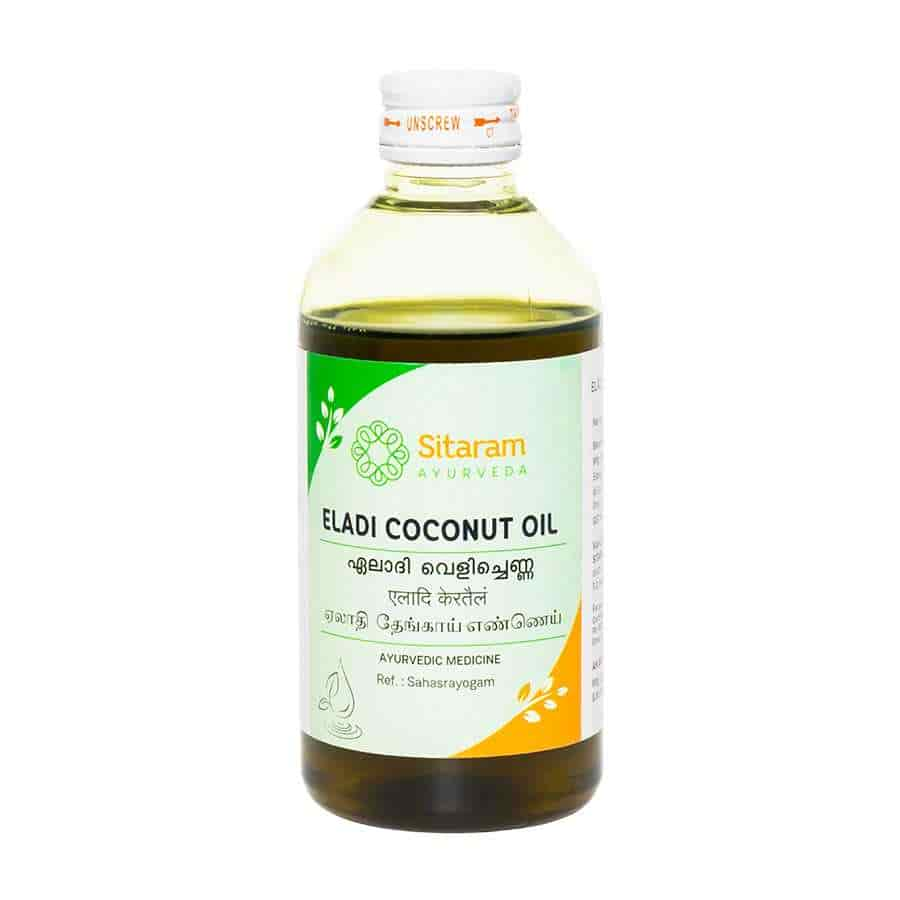

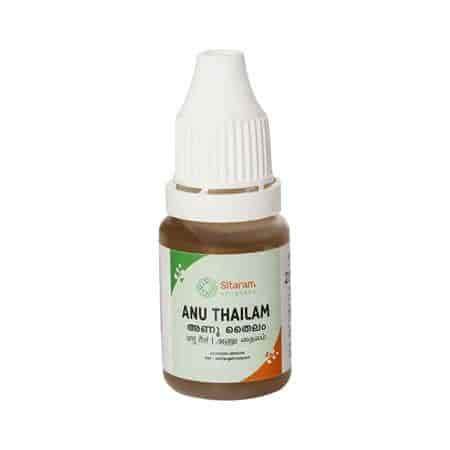
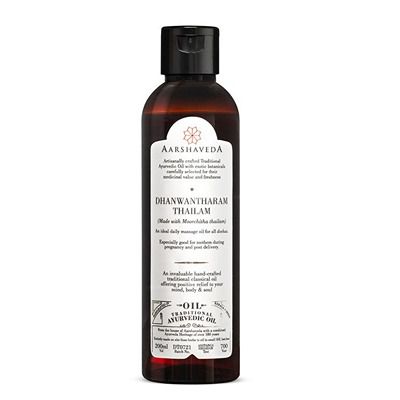

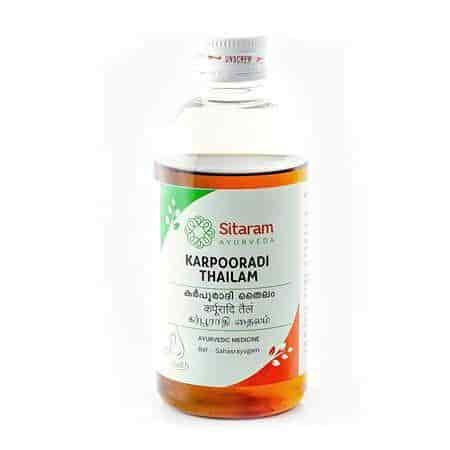
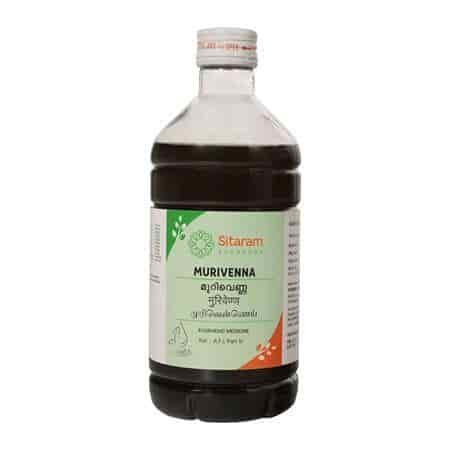
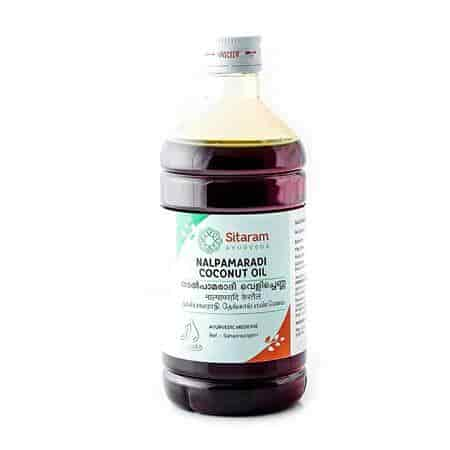
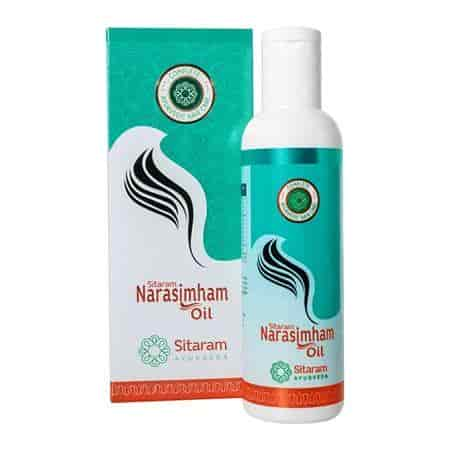
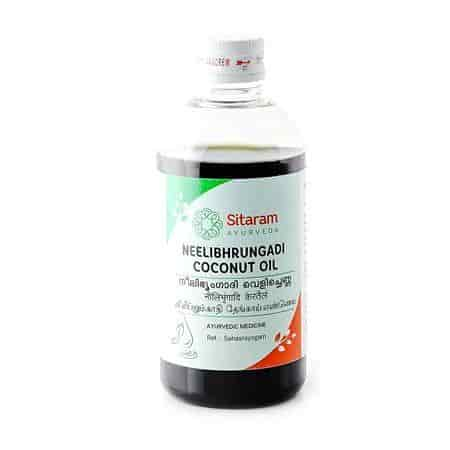
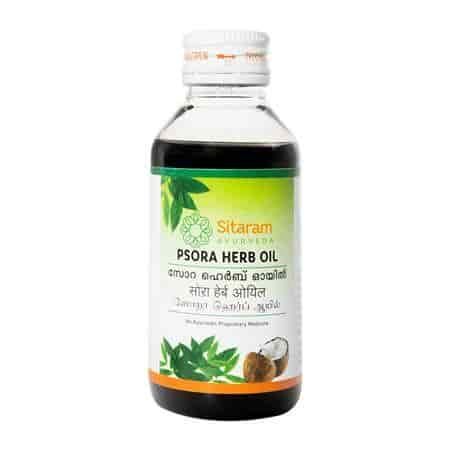
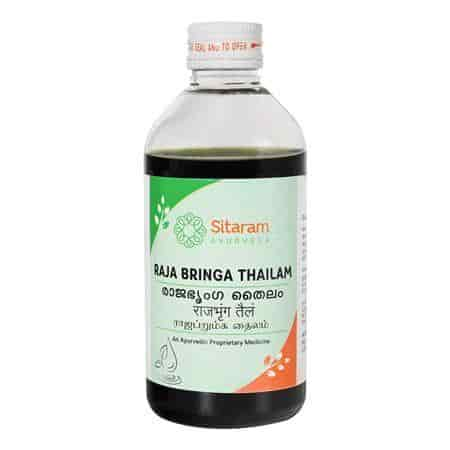
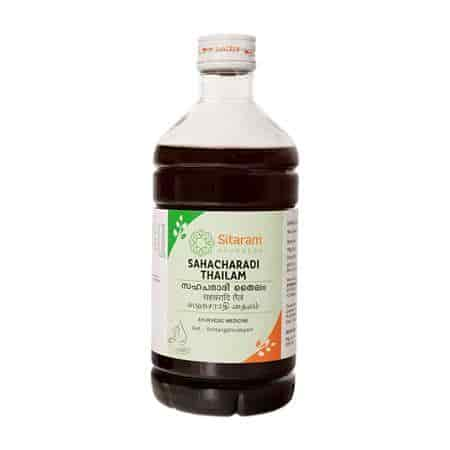
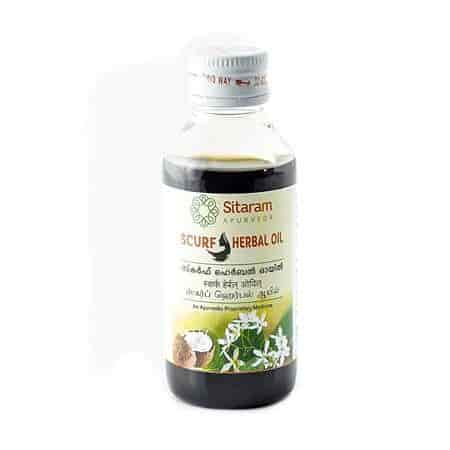
Anjul
Verified Purchase
Fast shipping, good price and the product was exactly as described. Very reliable store and would use again.
14 Jun 2022